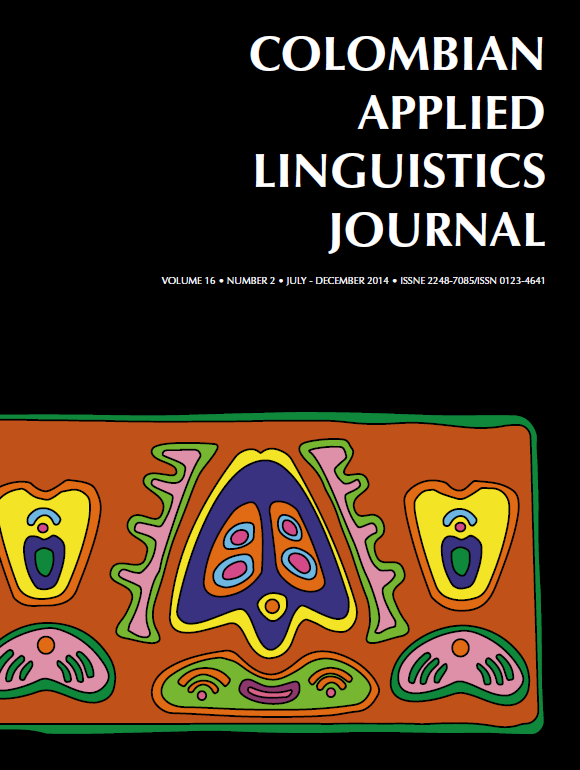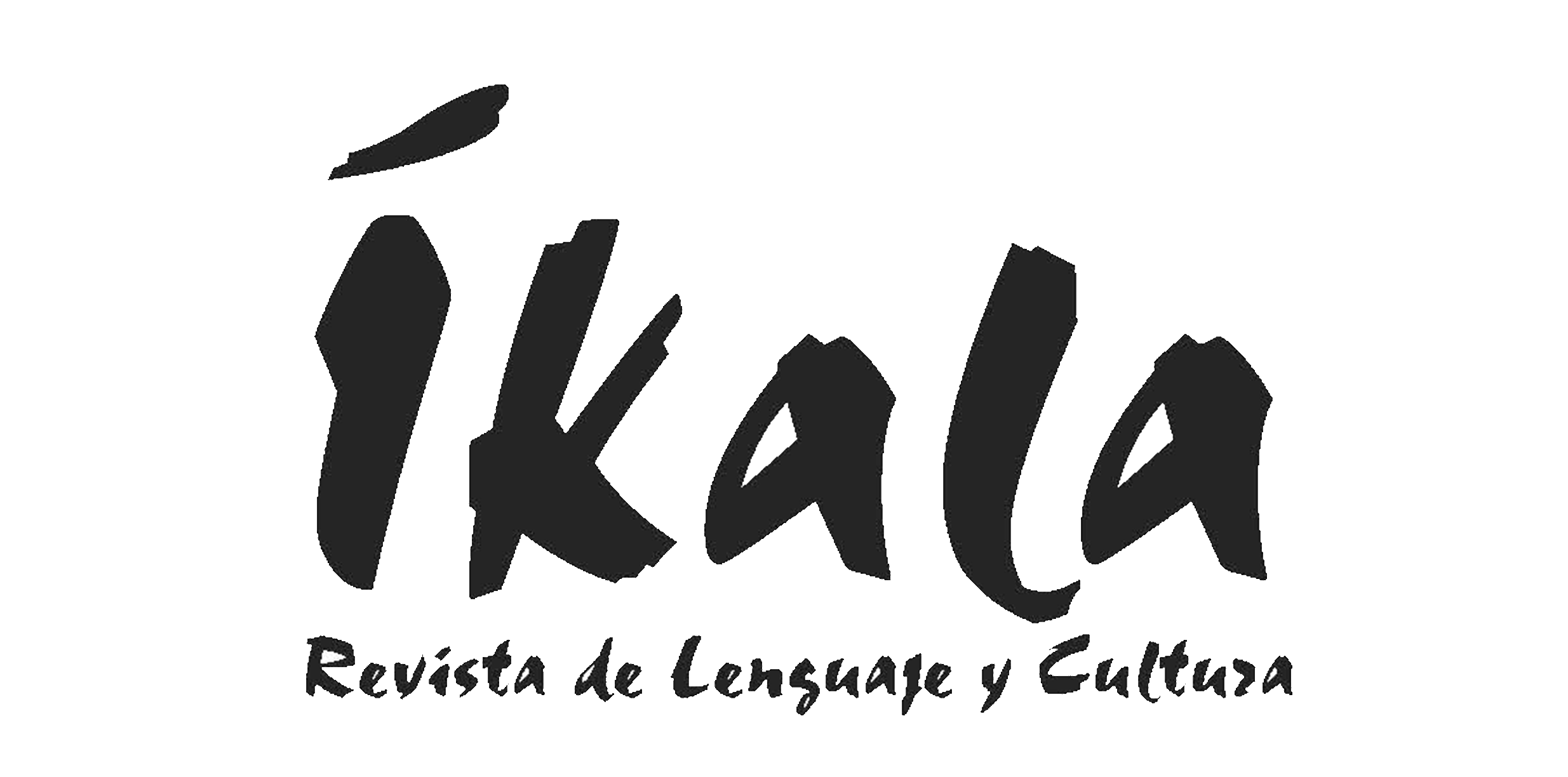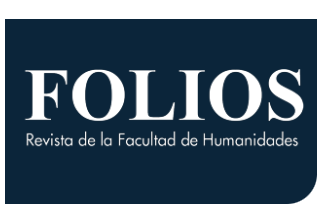DOI:
https://doi.org/10.14483/udistrital.jour.calj.2014.2.a08Published:
2014-09-22Issue:
Vol 16, No 2 (2014) July-DecemberSection:
Pedagogical InnovationsEl papel de la interacción significativa y las técnicas dramáticas en la educación de estudiantes con discapacidad visual en la UACh
The role of meaningful interaction and drama techniques in the education of students with visual impairment at UACh
Keywords:
discapacidad visual, inclusión, interacción significativa, técnicas dramáticas (es).Keywords:
drama techniques, inclusion, meaningful interaction, visual impairment (en).Downloads
Abstract (es)
Este artículo da cuenta del desarrollo del proyecto “Propuesta y validación de metodologías activas para la inclusión de estudiantes con discapacidad visual durante los ciclos de bachillerato” (DEP 2012-01) en la Universidad Austral de Chile (UACh). El objetivo general de este proyecto es sensibilizar a los docentes de la UACh con respecto a los procesos de enseñanza a personas con necesidades especiales (PcNE): discapacidad visual, a través de un taller con metodologías activas y técnicas teatrales aplicados a los distintos departamentos, Escuelas y Centros de la institución durante los años 2013 y 2014. En este trabajo, primero se especifica la metodología de investigación y las actividades a realizar en el marco del proyecto. Acto seguido, se expone la situación problemática actual en torno a la inclusión en establecimientos educacionales y universidades, la importancia de la interacción significativa en el proceso de aprendizaje y el rol del profesor y los estudiantes en el mismo. Finalmente, se presenta la metodología de trabajo impulsada en el marco del proyecto: el uso de los sentidos y las técnicas dramáticas, así como la propuesta pedagógica para el trabajo con estudiantes que presentan necesidades especiales en el aula.
Abstract (en)
This article informs about the development of the project entitled “Proposal and validation of active methodologies for the inclusion of students with visual impairment (SwVI, hereafter) in the first two years of college” (DEP 2012-01) at Universidad Austral de Chile. This project seeks to involve professors at UACh in the teaching process of students with special needs (SwSN): visual impairment, through a workshop of active methodologies and drama techniques in the different Departments, Schools and Centers of the institution in 2013 and 2014. First, the investigation methodology and the activities to be utilized in this project are specified. Then, this article presents the State of the Art related to inclusion in educational institutions and universities, the importance of meaningful interaction, and the teachers and students’ role in the learning process. Finally, the article shows the methodology developed in the framework of the project: the use of the senses, drama techniques, and the teaching proposal implemented in the awareness-raising workshops for the teaching of students with special needs.
References
ARTIUC. (2008). Aula de Recursos y Tiflotecnología de la Universidad de Concepción. Universidad de Concepción. Disponible en http://www2.udec.cl/~artiuc%20/index.html
Athiemoolam, L. (December, 2004). Drama -in- education and its effectiveness in English second/foreign language classes. Paper presented at the meeting of The First International Language Learning Conference. Universiti Sains Malaysia, Penang.
Boer, A., Pijl, S. & Minnaert, A. (2011). Regular Primary Schoolteachers’ Attitudes towards Inclusive Education: A Review of the Literature. International Journal of Inclusive Education, 15, 3. Disponible en http://www.tandfonline.com/doi/pdf/10.1080/13603110903030089
Chile. Ley Nº 20.422, 10 Febrero, 2010. Establece normas sobre igualdad de oportunidades e inclusión social de personas con discapacidad. Disponible en http://www.senadis.gob.cl/descargas/centro/legislacion_nacional/Ley_que_Establece_Normas_sobre_Igualdad_de_Oportunidades_e_Inclusion_Social_de_Personas_con_Discapacidad.pdf
Cox, P & Dykes, M. (2001). Effective classroom adaptations for students with visual Impairments. Disponible en http://www.pathstoliteracy.org/sites/default/files/uploaded-files/Effective%20Classroom%20Adaptations_CEC_2001.pdf
Dörnyei, Z. (2001). Motivational Strategies in the Language Classroom. Cambridge: CUP.
Family Connect. (n.d) The Central Role of the Teacher of Students with Visual Impairments. Disponible en http://www.familyconnect.org/parentsite.asp?SectionID=72&TopicID=345&DocumentID=3947
Gardner, H. (1993). Frames of Mind: The Theory of Multiple Intelligences. New York: BasicBooks
Lizasoain, A., Ortiz, A., Walper, K. Yilorm, Y. (2011). Estudio descriptivo y exploratorio de un taller de introducción a las técnicas teatrales para la enseñanza/aprendizaje de una lengua extranjera. Estudios Pedagógicos. Vol. XXXVII Nº 2 (pp. 123 - 133).
Luque, D., Romero, J. (2002). Trastornos de Desarrollo y Adaptación Curricular. Málaga: Aljibe.
Maley, A. & Duff, A. (1982). Drama techniques in Language Learning: a Resource Book of Communication Activities for Language Teachers. Cambridge: CUP.
MINEDUC.(1999) Unidad de Educación Especial. División de Educación General. Proyectos de Integración Escolar. Orientaciones.Disponible en http://www.mineduc.cl/biblio/documento/int_escolar1999.pdf
Niles, W. (2005). Building a Classroom Management Plan for Inclusive Environments: From Fear to F.E.A.R.. TEACHING Exceptional Children Plus, 2(1) Article 1. Disponible en http://journals.cec.sped.org/cgi/viewcontent.cgi?article=1040&context=tecplus
ONCE (2012). ¿Qué es la ONCE? Disponible en http://www.once.es/new/que-es-la-ONCE
Piantoni, C. (2001). Expresión, comunicación y discapacidad: modelos pedagógicos y didácticos para la integración escolar y social. Madrid: Narcea.
Rieser, R. (2008). Implementing Inclusive Education: A Commonwealth Guide to Implementing Article 24 of the UN Convention on the Rights of People with Disabilities. Commonwealth Secretariat. Disponible en http://books.google.cl/books?id=14wxPDD-v5MC&printsec=frontcover&hl=es&source=gbs_ge_summary_r&cad=0#v=onepage&q&f=false
Rodríguez, A. (2005). Problemas relacionados con la visión: evaluación e intervención educativa. In Salvador, F. (ed.), Bases psicopedagógicas de educación especial (pp. 127- 145). Málaga: Aljibe.
Thorpe, A. & Azam, S. (2010) Teachers’ Perceptions of Inclusive Education in Mainstream Primary Schools in the United Kingdom. The International Journal of Interdisciplinary Social Sciences, 5 (3) 163-172
United Nations Educational, Scientific and Cultural Organization: UNESCO. (n.d.).Inclusive Education. Disponible en http://www.unesco.org/new/en/education/themes/strengthening-education-systems/inclusive-education/
Universidad Austral de Chile. (Abril, 1998) Decreto 133. Promulga acuerdo del Consejo Académico sobre Alumnos Discapacitados. Manfred Max Neef (Rector), Juan Andrés Varas (Secretario General). Valdivia.
Wessels, C. (1987). Drama. Oxford: Oxford University Press.
How to Cite
APA
ACM
ACS
ABNT
Chicago
Harvard
IEEE
MLA
Turabian
Vancouver
Download Citation
Metrics
License
This work is licensed under a Creative Commons Attribution-NonCommercial-NoDerivatives 4.0 International License.
Attribution — You must give appropriate credit, provide a link to the license, and indicate if changes were made. You may do so in any reasonable manner, but not in any way that suggests the licensor endorses you or your use.
NonCommercial — You may not use the material for commercial purposes.
NoDerivatives — If you remix, transform, or build upon the material, you may not distribute the modified material.
The journal allow the author(s) to hold the copyright without restrictions. Also, The Colombian Apllied Linguistics Journal will allow the author(s) to retain publishing rights without restrictions.









